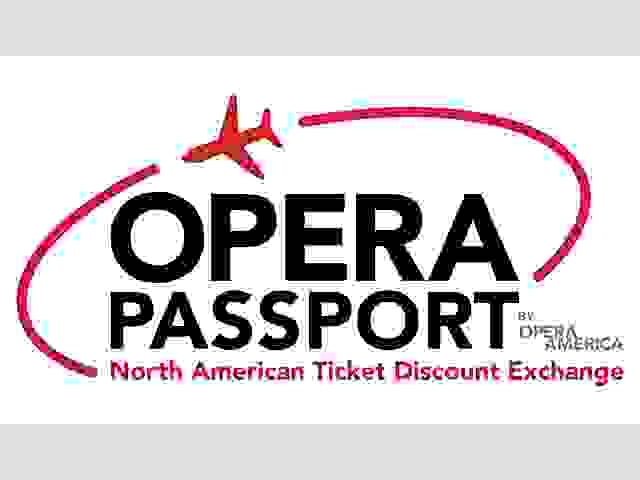Opera for the 80s and Beyond

In the 2019–2020 season, American operas comprise 18 percent of all works produced by OPERA America’s Professional Company Members — a number that would have seemed unimaginable in 1983, when OA established its first major grant program to support new works: Opera for the 80s and Beyond. At the time, standard repertoire dominated opera stages and premieres were rare (the 1981–1982 season yielded just five world premieres at OA’s member companies).
“We all lamented that an art form based solely on the past was in danger of eventual extinction if it did not evolve and renew itself into the present,” reflected David DiChiera, then OA’s board president, in the grant program’s final report. “While we had made substantial progress in establishing initiatives in education and membership expansion, the solution to engendering more new works still loomed as an imponderable.” That solution came in 1982 when Martin Kagan, then OA’s executive director, secured funding from the Rockefeller Foundation to launch Opera for the 80s and Beyond; funding from other foundations and the NEA soon followed.
From 1983 to 1990, the program awarded $2.7 million in grants to support developmental activities, commissioning fees and production costs for more than 50 new works, while also providing travel funds for opera company staff to see new works. By the time the program concluded, it had become the norm for seasons to include 10 to 15 world premieres.
Though Opera for the 80s and Beyond existed for only eight years, OA embraced the “Beyond” in its title, continuing to make new works a priority in its grantmaking. In the early 1990s, it established the Opera for a New America program, which funded not only new repertoire, but also engagement activities that primed audiences to experience new works. OA soon after created the Next Stage program to fund second and subsequent productions of new works, helping them gain a foothold in the canon (this program is set to be revived in summer 2020). This was followed by the establishment in 2001 of the Opera Fund, an endowment dedicated to new works and audience engagement. Most recently, OA has launched grant programs specifically for female composers and composers and librettists of color, addressing the historical gender and racial imbalances among opera creators.
The impact of Opera for the 80s and Beyond can be seen on opera stages today; works it funded, like Nixon and China and Frida, appear regularly. But its most enduring legacy may be the resounding message it sent to the field: A new American repertoire was not only possible, but essential to the livelihood of the art form.
Selected Works Funded by Opera for the 80s and Beyond
Nixon in China
John Adams and Alice Goodman
Houston Grand Opera, 1987
The Aspern Papers
Dominick Argento
The Dallas Opera, 1988
Under the Double Moon
Anthony Davis and Deborah Atherton
Opera Theatre of Saint Louis, 1989
Hydrogen Jukebox
Philip Glass and Allen Ginsberg
Spoleto Festival USA, 1990
Frida
Robert Xavier Rodriguez, Hilary Blecher and Migdalia Cruz
American Music Theater Festival, 1991
This article was published in the Winter 2020 issue of Opera America Magazine.





